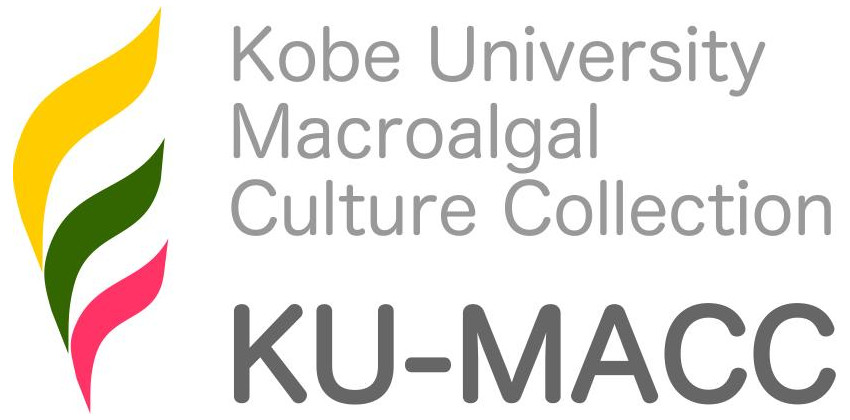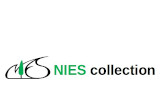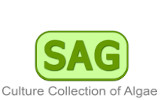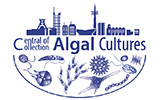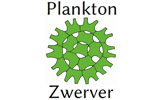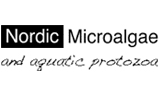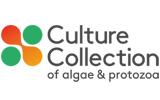Trentepohlia jolithus (Linnaeus) Wallroth 1833
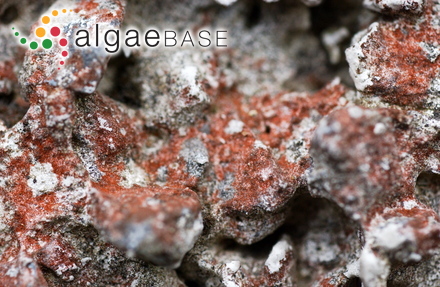
Current name:
Trentepohlia jolithus (Linnaeus) Wallroth
Cruachan Park, Galway, Ireland; pebble-dash wall - 01 April 2002. Michael Guiry (mike.guiry@nuigalway.ie)
Publication Details
Trentepohlia jolithus (Linnaeus) Wallroth 1833: 151 (as 'Jolithus')
Published in: Wallroth, F.G. (1833). Flora cryptogamica germaniae Pars posterior, continens algas et fungos. pp. [i]-lvi, 1-923. Norimbergae [Nüremberg]: sumptibus J.L. Schragii [J.L. Schrag].
Type Species
The type species (holotype) of the genus Trentepohlia is Trentepohlia aurea (Linnaeus) C.Martius.
Status of Name
This name is of an entity that is currently accepted taxonomically.
Basionym
Byssus jolithus Linnaeus
Type Information
Type locality: "Habitat in Europaea frigidae sylvis opacis, supra saxa ante unum alterumve annum eversa et supinata." [Lives in the European cold dark woods, over rocks in front of one or two years cut and supine (?)]; (Koeman 1985: 1159) Notes: Lectotype (designated by Irvine in Spencer & al. 2009: 240):" [illustration] “Byssus” in Micheli, Nova Pl. Gen.: t. 89, f. 3. 1729."
"Note (in Spencer & al. 2009: 240 . – Because the lectotype is “demonstrably ambiguous and cannot be critically identified for purposes of the precise application of the name” (Art. 9.7), an epitype may need to be selected; this should await ongoing taxo- nomic investigations (F. Rindi & J.M. Lopez-Bautista, pers. comm.). No corresponding material can be found in the Micheli Herbarium (FI)."
Created: 11 April 2002 by M.D. Guiry.
Last updated: 13 June 2023
Verification of Data
Users are responsible for verifying the accuracy of information before use, as noted on the website Content page.
Taxonomic note
Annals of Botany, Vol. 1
XVII. On the Red Byssus (Byssus Jolithus Linn.). From the German* of the Rev. Mr. Starke.
Though Linnaeus in his Flora Lapponica, and afterwards in several other writings, classes this vegetable with the Byssi pulverulenti; yet, in his Flora Lapponica, and in the Species Plantarum, he quotes as synonyms the Byssus germanica minima saxatilis aurea, violas martice odoremspirans, (Michel. Nov, Gen. Plant, p. 210. tab. 89. f. 3.) together with the Jolithus Schtuenkfeldi. But Micheli has described and figured his plant as filamentous; and Byssus Jolithus Schwenkfeldi, which is frequently met with on mountains of Germany, as also that which is found in the Ilartz, belong to the Byssi filamentosi: it is therefore rather surprising that Linnaeus, and other botanists after him, arrange the Jolithus with the B. pulverulenti. Dr. Roth in his excellent and highly instructive Flora Germanica (tom. iii. pars l. p. 564.) gives it as his opinion, that either Linnaeus, for want of a more minute examination, had overlooked the filamentous structure of his B. Jolithus, or that the moss, the specific name of which he derived from its violet smell, may be a different species from the German one and from Mieheli's plant; perhaps Lepra odorata of Wiggers. The former supposition appears improbable to me, from the following reasons:
1. The filamentous structure of our German species is
* Schrader's Journ. für die Botanik. Hr. Band p. 340. - (23 August 2009) - M.D. Guiry
Habitat note
Associated with cold and humid conditions, occurring mainly at low altitudes in northern and central Europe and in mountainous areas in southern Europe. Most common on rocks, mainly siliceous, less frequently calcareous; frequent on concrete walls in parts of the continent with moist and rainy climates. It forms large red carpets on rocks in dense forests, particularly in northern Europe; it may also produce large patches on boulders besides cold streams. In western Ireland it is very common on concrete walls both bare and painted, where it forms dark red streaks, and is considered a pest. On new motorways in the midlands and west of Ireland, the concrete central reservation and bridges quickly developed an almost continuous covering. This later became a mixed community of lichens and algae. - (24 August 2011) - M.D. Guiry
Linking to this page: https://www.algaebase.org/search/species/detail/?species_id=34779
Citing AlgaeBase
Cite this record as:
M.D. Guiry in Guiry, M.D. & Guiry, G.M. 13 June 2023. AlgaeBase. World-wide electronic publication, National University of Ireland, Galway. https://www.algaebase.org; searched on 29 March 2025
 Request PDF
Request PDF